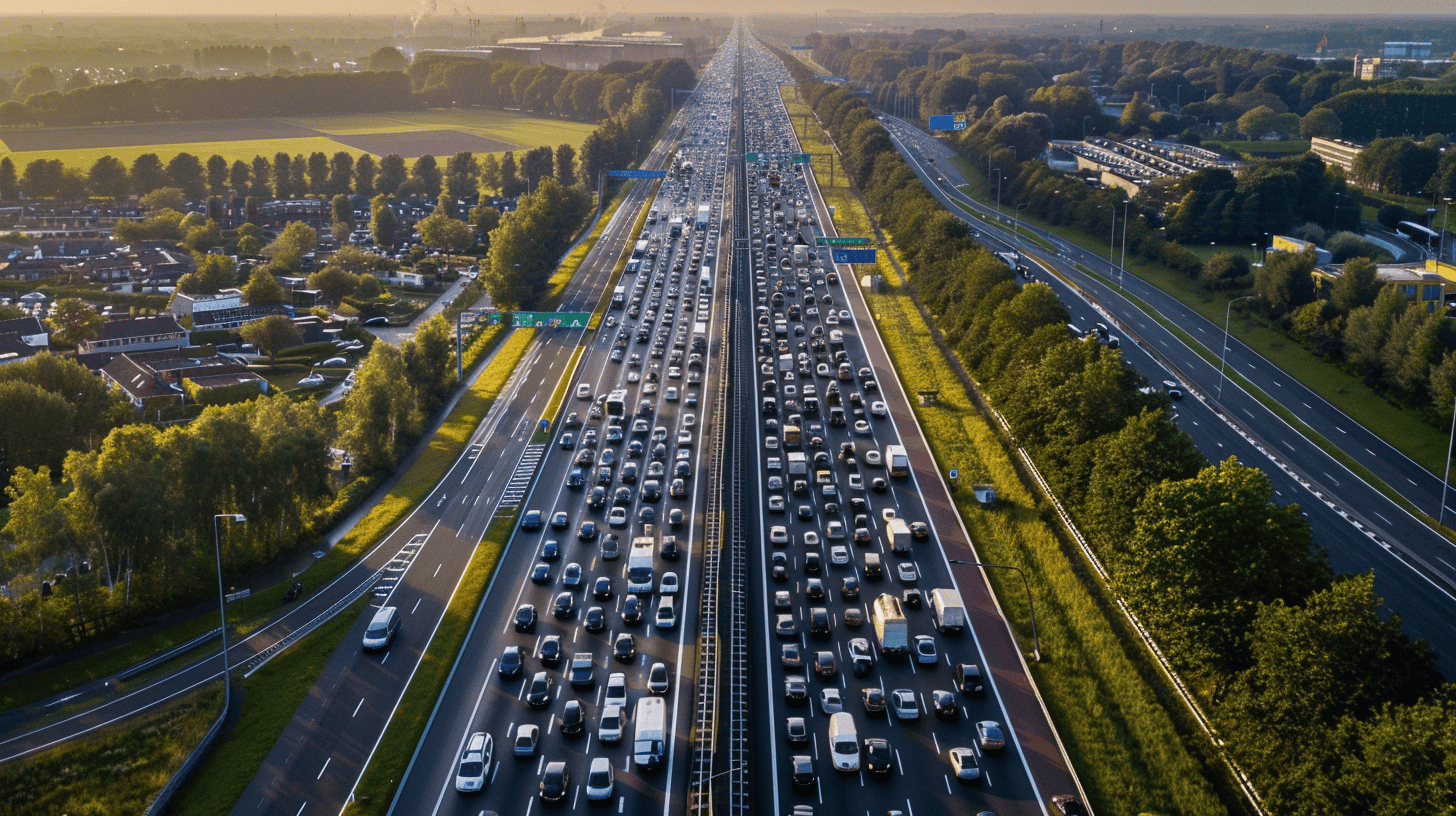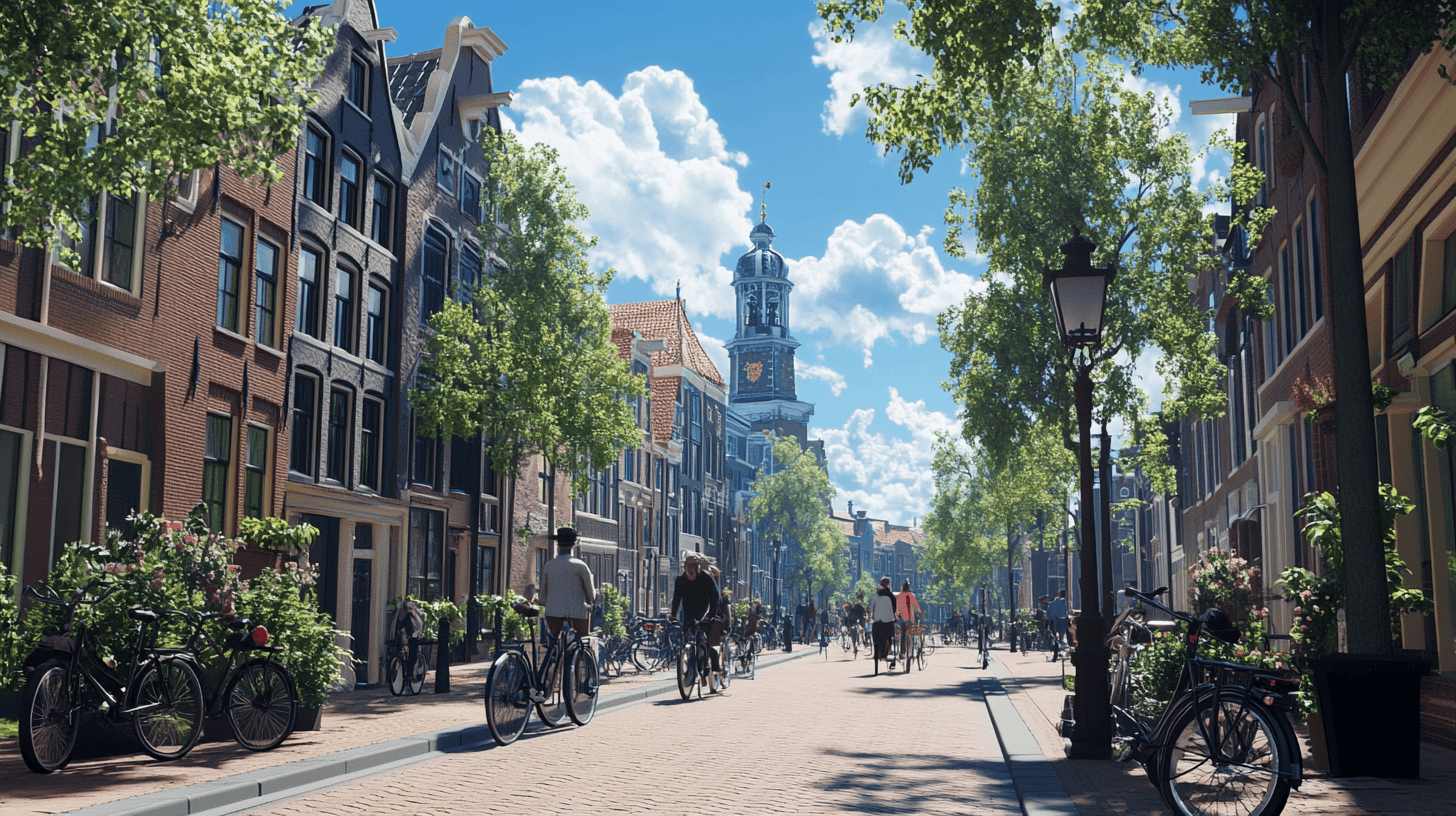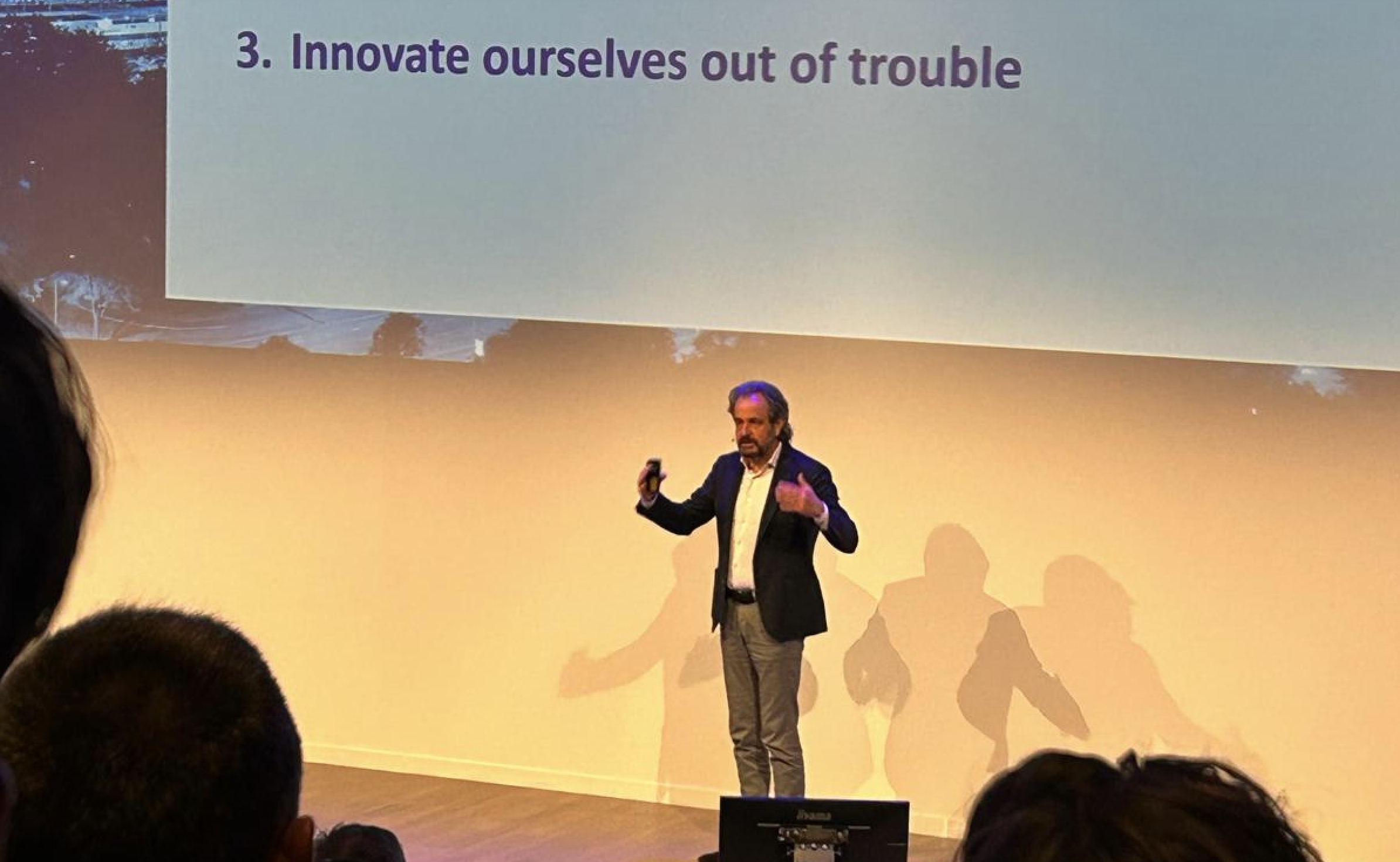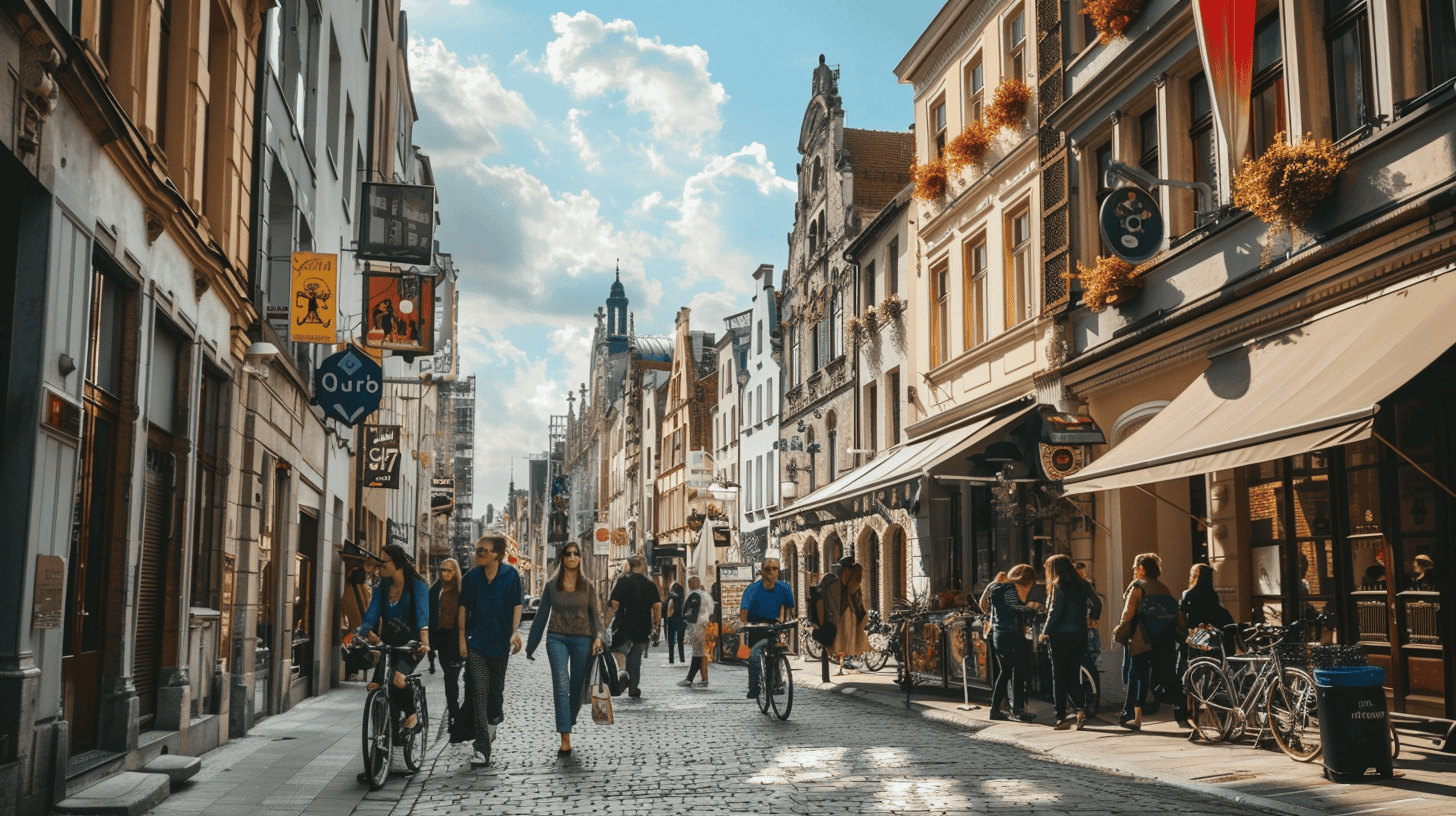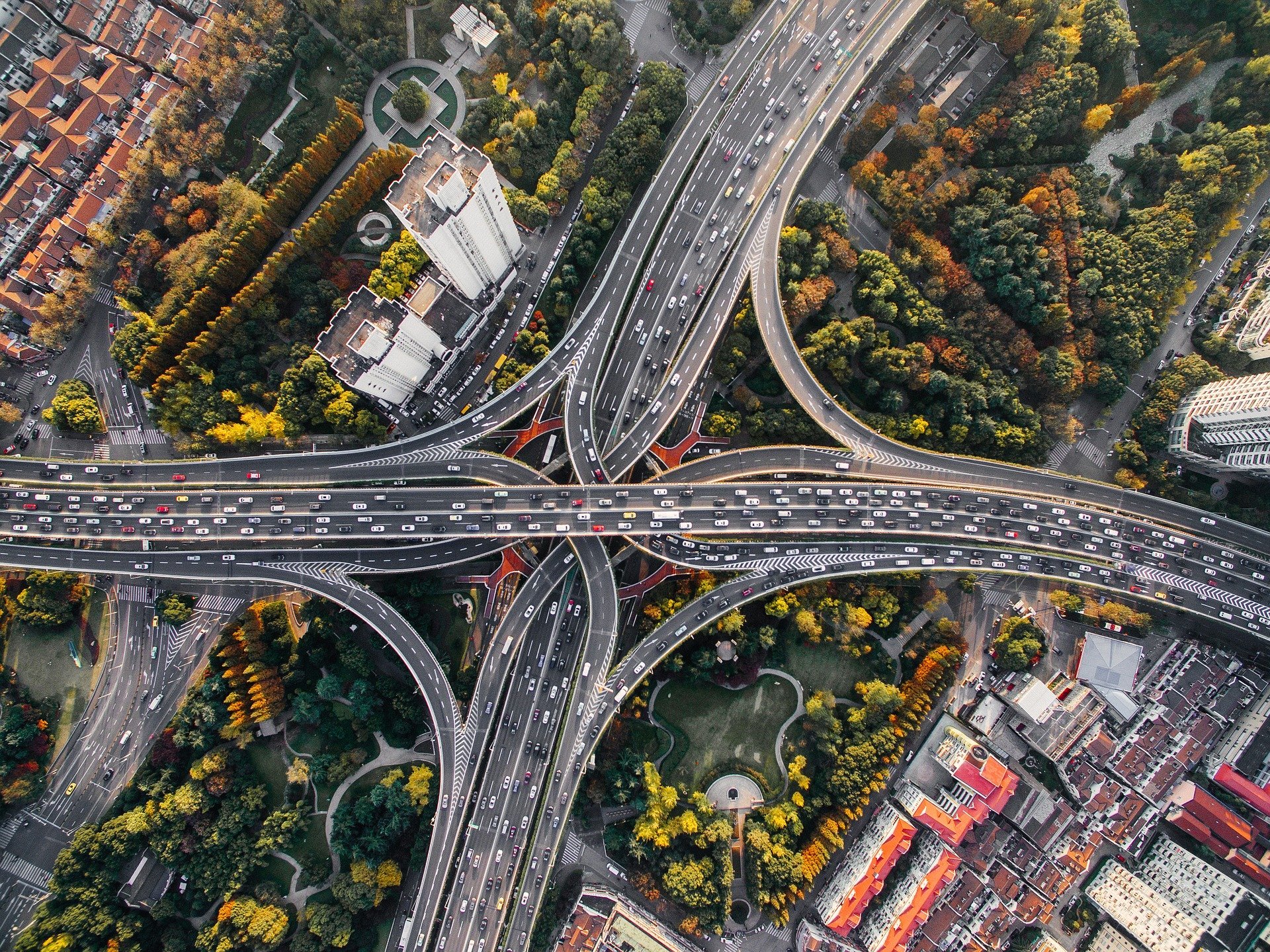
When matrix signs start blinking above a motorway, the average commuter already knows what time it is. Traffic jams. Although the adjusted speed limit does help to improve traffic flow. There is one more indirect effect of this dynamic traffic flow management system: Fewer emissions due to improved traffic flow. That is why a trial is starting in Germany where environmental data will be incorporated into traffic flow management.
The air quality in the vicinity of motorways could also be considerably improved in the Netherlands. This is why the government wants to tackle this problem through the National Air Quality Cooperation Program (NSL). For example, by promoting electric vehicles or offering alternative means of transport. Air quality values around motorways can be found via this link.
Reducing environmental impact
According to German scientists, the incorporation of environmental data into traffic flow management can reduce noise and pollution. They are now going to research this in the ‘U-SARAH live’ project, coordinated by the Karlsruhe Institute of Technology (KIT). The Ministry of Infrastructure and Water Management of the Netherlands is funding the project to the tune of almost €1.1 million.
“The aim of this study is to optimize and implement an environmental control system in an existing traffic route control system so as to reduce the environmental impact on the sections in question,” explains Professor Peter Vortisch, head of the KIT Institute for Transport.
“A microscopic traffic flow model developed over the course of a preliminary study with our partner Hessen Mobil enables the effects of the newly developed environmental control system to be simulated. This makes it possible to optimize the control system in such a way that both traffic flow and environmental effects are taken into account.”
Practical test under real conditions
“We want to test and evaluate the new control system under real conditions in a practical test,” says Matthias Glatz. He is a project manager at Hessen Mobil. EDI GmbH, a spin-off of KIT, uses the extensive traffic data to model the road users’ reactions to dynamic speed limits by using artificial intelligence (AI). “On the basis of this data, we plan to develop an AI-based acceptance model and a prediction model as modules for guiding the SBA,” says Dr. Thomas Freudenmann. He is one of the founders and managing director of EDI GmbH. “The existing control system will be expanded with these modules.”
Estimating traffic conditions
The simulation model developed in “U-SARAH live” can be used in future both for quality management and the optimization of route control systems. The results of the project will benefit not only the population, public authorities, and scientific institutes but also all manufacturers of traffic control systems. “Thanks to the AI-based approach, the traffic situation can be estimated a few minutes in advance so that traffic can be controlled even better. The simulation-based development facilitates the easy integration of emissions data into traffic control systems. And without incurring high acquisition costs for measuring technology,” explains Sebastian Buck of the KIT Institute for Transport.
Reducing economic damage caused by traffic congestion
“By reducing emissions and optimizing the flow of traffic, the economic damage caused by traffic congestion and excess emissions can be reduced.” An analysis platform developed within the project will help to examine the large data files from different angles across all steps. The platform will be made available to the public via the Ministry of Transport’s data cloud.



